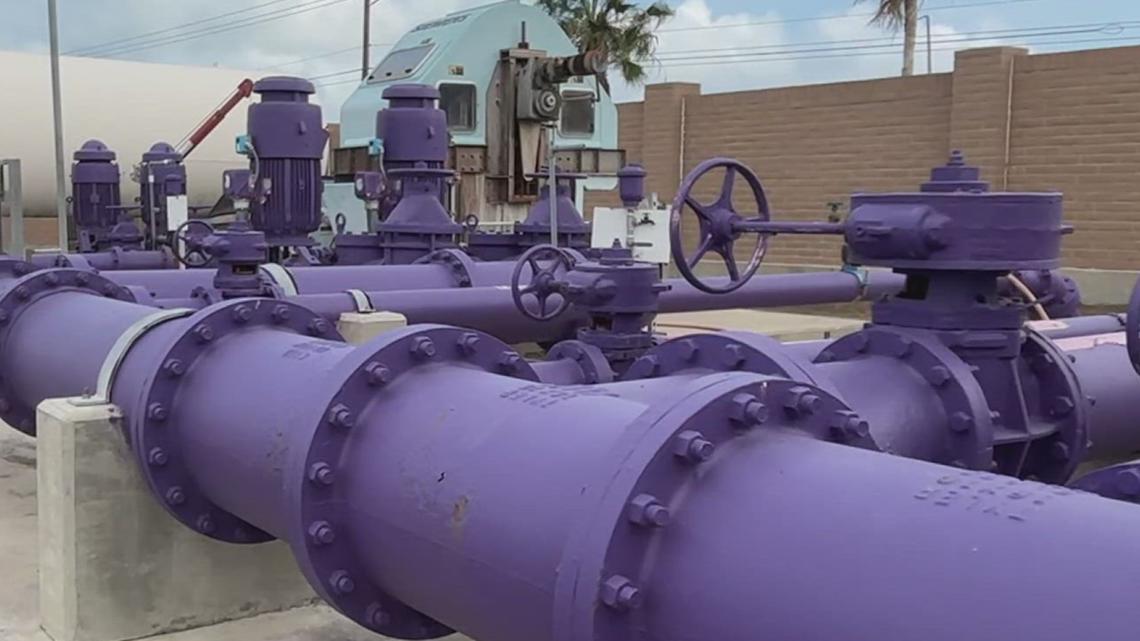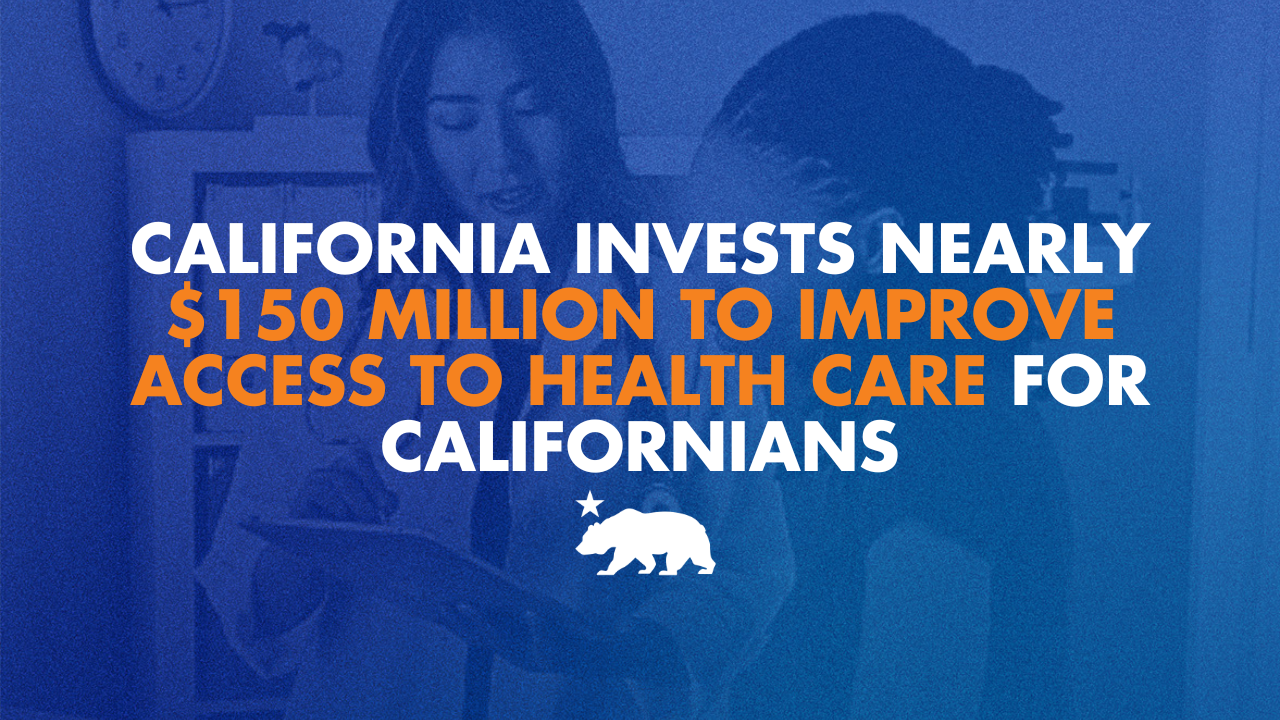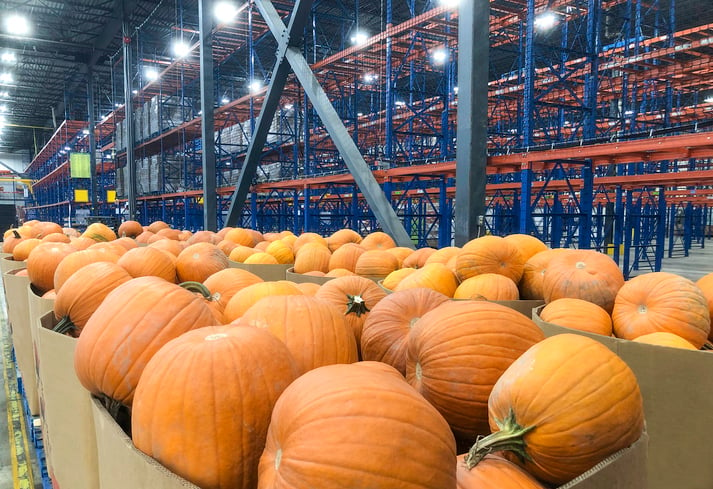4 Stages Of Agriculture: Powerful Insights For 2025 Farming – Farmonaut

Report on the Four Stages of Agricultural Development and Alignment with Sustainable Development Goals (SDGs)
Executive Summary
This report provides an analysis of the four stages of agricultural development: primitive subsistence, commercial, industrial, and smart agriculture. It examines the characteristics, technological integration, and challenges of each stage, with a significant emphasis on their alignment with and impact on the United Nations Sustainable Development Goals (SDGs). The transition through these stages, particularly towards smart agriculture, presents critical opportunities to advance global goals related to poverty, hunger, climate action, and sustainable production.
Analysis of the Four Stages of Agriculture and SDG Implications
The evolution of agriculture can be categorized into four distinct stages, each with unique implications for economic development, environmental sustainability, and food security. The following sections detail these stages and their relationship with the SDGs.
Stage 1: Primitive Subsistence Agriculture
This foundational stage is defined by small-scale, labor-intensive farming primarily for self-consumption, using traditional tools and indigenous knowledge.
- Key Characteristics: Small landholdings, reliance on natural cycles (e.g., rainfall), minimal use of external inputs, and production for family or local community needs.
- Technological Integration: Extremely low, with an estimated adoption of modern technology below 5%. Basic mobile phones for weather alerts or radio may be used.
- Challenges: Low productivity, vulnerability to climate change, and limited access to markets, credit, and extension services.
- SDG Implications:
- SDG 1 (No Poverty) & SDG 2 (Zero Hunger): This stage is often linked to rural poverty and food insecurity due to low yields and climate vulnerability. Interventions are needed to enhance resilience and livelihoods.
- SDG 15 (Life on Land): While often having a low chemical footprint, practices like shifting cultivation can contribute to deforestation if not managed sustainably. Indigenous knowledge, however, can support biodiversity.
Stage 2: Commercial Agriculture
This stage marks a shift from subsistence to market-oriented production, driven by economic growth and urbanization.
- Key Characteristics: Larger landholdings, mechanization, and the use of external inputs such as chemical fertilizers and pesticides to generate surplus for sale.
- Technological Integration: Moderate, with 40-60% adoption of technologies like tractors, modern irrigation, and basic precision tools in developed regions.
- Challenges: Risks of resource overuse, soil degradation, water depletion, farmer indebtedness, and biodiversity loss from monoculture.
- SDG Implications:
- SDG 8 (Decent Work and Economic Growth): Commercial agriculture is a significant driver of rural economies and national GDP.
- SDG 2 (Zero Hunger): It plays a crucial role in supplying food to urban centers and global markets, contributing to overall food availability.
- SDG 6 (Clean Water and Sanitation) & SDG 12 (Responsible Consumption and Production): This stage presents major challenges related to the overuse of water and chemical inputs, leading to pollution and resource depletion. A transition towards more sustainable practices is essential.
Stage 3: Industrial Agriculture
Characterized by large-scale, highly intensive operations, this stage focuses on maximizing efficiency and output for global supply chains.
- Key Characteristics: Massive monocultures, high levels of mechanization and automation, reliance on synthetic inputs, and genetically modified crops.
- Technological Integration: High, with 70-85% adoption of advanced technologies, including AI-driven management and bioengineering.
- Challenges: Significant environmental footprint, including high greenhouse gas emissions, loss of biodiversity, soil depletion, and water pollution.
- SDG Implications:
- SDG 12 (Responsible Consumption and Production) & SDG 13 (Climate Action): Industrial agriculture is a major contributor to environmental degradation and climate change. There is urgent pressure to adopt regenerative practices like carbon farming and no-till systems to mitigate this impact.
- SDG 9 (Industry, Innovation, and Infrastructure): This stage showcases high levels of innovation in supply chain management and production efficiency, though often at an environmental cost.
Stage 4: Smart Agriculture (Agriculture 4.0)
The most advanced stage, smart agriculture integrates digital technology to optimize resource use, enhance productivity, and promote sustainability.
- Key Characteristics: Data-driven decision-making using IoT, AI, robotics, satellite imagery, and blockchain. Strong focus on resource efficiency and environmental stewardship.
- Technological Integration: Growing, with an estimated 20-40% global adoption by 2025. Adoption is significantly higher in leading ag-tech regions.
- Challenges: High initial costs, the digital divide, data literacy gaps, and the need for adaptive regulatory frameworks.
- SDG Implications:
- SDG 2 (Zero Hunger): Projected to increase crop yields significantly, enhancing food security.
- SDG 6 (Clean Water and Sanitation) & SDG 13 (Climate Action): Precision irrigation and fertigation reduce water waste and chemical runoff. Carbon farming and optimized operations help mitigate GHG emissions.
- SDG 9 (Industry, Innovation, and Infrastructure): Represents the frontier of agricultural innovation, driving the development of new digital infrastructure.
- SDG 12 (Responsible Consumption and Production): Enables precise input application, reduces waste, and supports transparent supply chains through technologies like blockchain, directly contributing to sustainable production patterns.
- SDG 15 (Life on Land): Promotes soil health through real-time monitoring and targeted interventions.
The Role of Digital Platforms in Achieving the SDGs
Technology providers and digital platforms are instrumental in accelerating the transition to smart agriculture. By offering accessible, data-driven solutions, these entities help bridge the gap between traditional practices and sustainable, productive farming. Key contributions include:
- Satellite-Based Monitoring: Provides real-time data on crop health (e.g., NDVI), enabling precision agriculture. This supports SDG 2 by optimizing yields and SDG 12 by reducing input waste.
- AI-Powered Advisory Systems: Offer data-driven recommendations for irrigation, fertilization, and pest control, advancing SDG 6 and SDG 15 by promoting efficient resource use and soil health.
- Blockchain-Based Traceability: Creates transparent and secure food supply chains, ensuring accountability and supporting SDG 12 by allowing consumers to verify the sustainable origins of products.
- Environmental Impact Monitoring: Tools for carbon footprinting allow farms to measure and manage their environmental impact, directly contributing to SDG 13.
Future Trends and Outlook for Sustainable Agriculture
The trajectory of agricultural development points towards a more integrated and sustainable future. Key trends expected by 2025 and beyond include:
- Hybridization of Practices: The lines between commercial, industrial, and smart agriculture will blur as technologies like precision irrigation and traceability become more accessible to farms of all sizes.
- Data-Driven Decision-Making: The use of predictive analytics, satellite data, and IoT sensors will become standard for risk management and productivity enhancement, supporting evidence-based approaches to achieving SDG 2.
- Sustainability as a Baseline: Market and regulatory pressures will make sustainable and carbon-neutral practices a requirement for market access, aligning business incentives with SDG 12 and SDG 13.
- Increased Automation and Robotics: Automation will extend beyond field operations to logistics, processing, and monitoring, improving efficiency in line with SDG 9.
- Focus on Regenerative Systems: A greater emphasis on soil health, biodiversity, and closed-loop systems will become central to both large- and small-scale farming, advancing SDG 15.
- Democratization of Technology: Platforms that offer affordable, scalable, and user-friendly digital tools will be critical for ensuring digital inclusion and helping smallholders transition to more sustainable models, contributing to SDG 1 and SDG 17 (Partnerships for the Goals).
Conclusion
The four-stage framework of agriculture illustrates a clear evolutionary path from subsistence-based survival to data-driven, sustainable production. While each stage presents distinct challenges, the progression towards smart agriculture offers a powerful pathway for addressing some of the world’s most pressing challenges, as outlined in the Sustainable Development Goals. The strategic integration of technology, coupled with policies that ensure equitable access and promote regenerative practices, will be essential for building a global food system that is productive, resilient, and environmentally responsible.
Analysis of Sustainable Development Goals in the Article
1. Which SDGs are addressed or connected to the issues highlighted in the article?
- SDG 2: Zero Hunger: The entire article is centered on agriculture, food production, and food security. It discusses increasing crop yields, enhancing productivity, and ensuring stable food supply chains to meet global needs.
- SDG 8: Decent Work and Economic Growth: The article highlights agriculture as the “backbone of rural livelihoods” and a driver of “global economic stability.” It discusses the transition from subsistence to commercial farming, which impacts economic growth and farmer income.
- SDG 9: Industry, Innovation, and Infrastructure: A primary focus of the article is the technological evolution in agriculture, from primitive tools to “smart agriculture” integrating “IoT, AI, robotics, satellite imagery, and blockchain.” This directly relates to fostering innovation and upgrading technological capabilities in an essential industry.
- SDG 12: Responsible Consumption and Production: The article addresses the negative environmental impacts of commercial and industrial agriculture, such as “resource overuse,” “soil degradation,” and “water pollution.” It promotes “smart agriculture” as a solution focused on “sustainability and resource optimization,” “reducing waste,” and creating transparent supply chains through “blockchain traceability.”
- SDG 13: Climate Action: The article explicitly mentions challenges like “climate vulnerability,” “greenhouse gas emissions,” and the need for “climate resilience.” It presents solutions like “carbon farming,” “carbon footprint tracking,” and adapting practices to “erratic weather,” which are central to climate action.
- SDG 15: Life on Land: The article discusses the impact of different agricultural stages on terrestrial ecosystems, citing issues like “soil depletion,” “loss of biodiversity,” and “soil degradation.” It promotes practices like “regenerative agriculture,” “conservation tillage,” and “no-till systems” to restore and maintain “soil health.”
2. What specific targets under those SDGs can be identified based on the article’s content?
- Target 2.3: By 2030, double the agricultural productivity and incomes of small-scale food producers.
- The article addresses this by discussing the challenges of “primitive subsistence agriculture,” which involves small-scale, family-oriented operations with “low productivity.” It highlights how modern sustainable practices and technology can “enhance productivity and community resilience” for these farmers.
- Target 2.4: By 2030, ensure sustainable food production systems and implement resilient agricultural practices that increase productivity and production, that help maintain ecosystems, that strengthen capacity for adaptation to climate change… and that progressively improve land and soil quality.
- This target is central to the article’s promotion of “smart agriculture” and “regenerative systems.” Practices mentioned, such as “carbon farming,” “conservation tillage,” “no-till systems,” “precise water application,” and improving “soil health,” directly align with creating sustainable and resilient agricultural systems.
- Target 9.5: Enhance scientific research, upgrade the technological capabilities of industrial sectors in all countries, in particular developing countries… encouraging innovation.
- The article details the “technological integration” across the four stages of agriculture, culminating in “smart agriculture.” It champions the adoption of “IoT, AI, robotics, satellite imagery,” and other innovations to upgrade the agricultural sector. Farmonaut’s role in making these technologies “affordable” and “accessible” supports this target, especially for developing regions.
- Target 12.2: By 2030, achieve the sustainable management and efficient use of natural resources.
- The article contrasts the “resource overuse” and “groundwater depletion” of commercial/industrial agriculture with the “resource optimization” of smart agriculture. It emphasizes “reduced fertilizer and irrigation waste” and “precise water application” as key benefits of adopting new technologies.
- Target 13.1: Strengthen resilience and adaptive capacity to climate-related hazards and natural disasters in all countries.
- The article identifies “climate vulnerability” and “erratic weather” as key challenges. It proposes “smart agriculture” and “regenerative systems” as ways to build “climate resilience” and adapt to climate impacts.
- Target 15.3: By 2030, combat desertification, restore degraded land and soil, including land affected by… drought and floods, and strive to achieve a land degradation-neutral world.
- The article directly addresses “soil degradation,” “soil depletion,” and diminishing “soil health” as major challenges. It advocates for solutions like “regenerative agriculture,” “cover cropping,” and “conservation tillage” to restore soil quality.
3. Are there any indicators mentioned or implied in the article that can be used to measure progress towards the identified targets?
- Agricultural Yield/Productivity: The article provides a direct metric: “smart farming is projected to increase crop yields by up to 25%.” This can be used to measure progress towards Target 2.3.
- Adoption Rate of Technology: The comparative table provides estimated percentages for “Technological Integration” across different agricultural stages (e.g., “~5% adoption of modern tech” for subsistence vs. “20-40% (globally in 2025)” for smart agriculture). This serves as an indicator for Target 9.5.
- Adoption of Sustainable Practices: The article mentions specific practices whose adoption can be tracked, such as “carbon farming,” “no-till systems,” “cover cropping,” “conservation tillage,” and “integrated pest management.” This is a qualitative indicator for Targets 2.4 and 15.3.
- Resource Use Efficiency: The article implies measuring progress through “reduced fertilizer and irrigation waste” and “precise water application.” This can be quantified to track progress towards Target 12.2.
- Carbon Footprint Measurement: The mention of “carbon footprint tracking” and “carbon farming” provides a clear indicator for measuring environmental impact and progress towards climate goals (Target 13.1).
- Supply Chain Transparency: The implementation of “blockchain traceability” from “seed to sale” is a measurable indicator of progress towards responsible production and consumption systems (Target 12.2).
4. Table of SDGs, Targets, and Indicators
| SDGs | Targets | Indicators |
|---|---|---|
| SDG 2: Zero Hunger | 2.3: Double agricultural productivity and incomes of small-scale food producers. 2.4: Ensure sustainable food production systems and implement resilient agricultural practices. |
|
| SDG 9: Industry, Innovation, and Infrastructure | 9.5: Enhance scientific research and upgrade technological capabilities. |
|
| SDG 12: Responsible Consumption and Production | 12.2: Achieve the sustainable management and efficient use of natural resources. |
|
| SDG 13: Climate Action | 13.1: Strengthen resilience and adaptive capacity to climate-related hazards. |
|
| SDG 15: Life on Land | 15.3: Combat desertification and restore degraded land and soil. |
|
Source: farmonaut.com

What is Your Reaction?
 Like
0
Like
0
 Dislike
0
Dislike
0
 Love
0
Love
0
 Funny
0
Funny
0
 Angry
0
Angry
0
 Sad
0
Sad
0
 Wow
0
Wow
0














































































